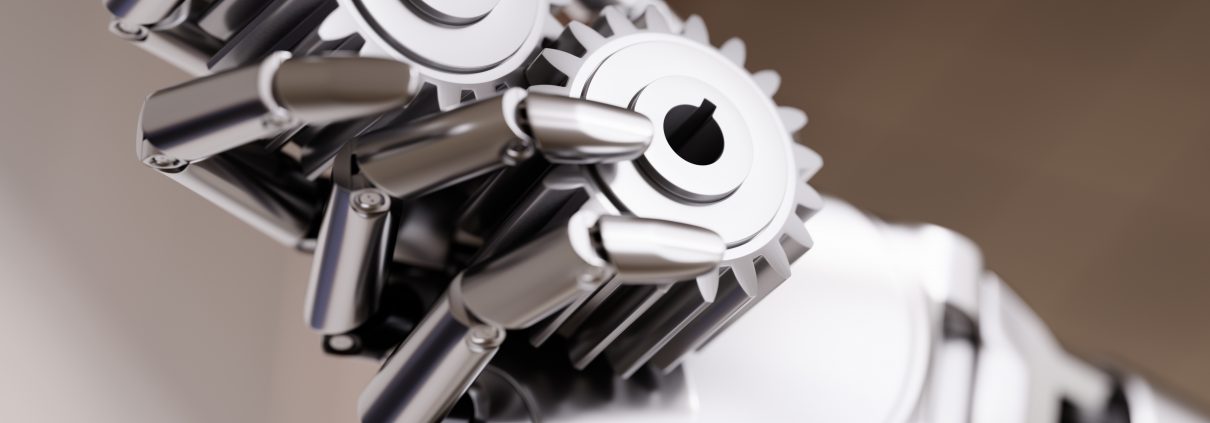How to effectively prioritise your replacement parts
The very nature of complex machinery means that, over time, parts will wear out and eventually need replacing. However, there is never a clear rule as to what will break and when. Instead, it is your job to ascertain which parts to keep in stock and how much, based on your industry experience. Well, to help you manage your stock more effectively and handle the problem of overstocking and understocking of necessary parts, you will need a system.
Prioritising your parts
The system of prioritising your parts is very straightforward and is designed to help you maximise productivity at all times and minimise capital outlay on spares.
- Assess your stock
The first step is to sit down and properly assess how much you are carrying in stock, as well as exactly what machinery you have. As a part of this process, write down every single spare part that could possibly need replacing.
- Assign priority
Next, place each spare part under one of the 3 following:
– Vital. The parts that are absolutely necessary to keep your plant running. Often, such pieces take a long time to make and are very specialist, but failure to have them on hand will shut down production.
– Necessary. These parts are important for day-to-day business operations, but failing to have them will not put you out of business. They may need replacing fairly often, but getting hold of them usually takes a few days to a week.
– Ordinary. Losing such a piece will only have a very temporary effect on production as they can usually be bypassed for short periods of time. Such parts can quickly be bought from a local store.
- Update your inventory
Carrying out this exercise should make it clear what sort of “ordinary” parts you are overstocking and should now be downsized. It should also highlight the stock of “vital” parts you own, and what you should stock up on now, for delivery in a few weeks time. Finally, create a clear strategy for ascertaining each of the “necessary” parts. You may want to keep one or two of each in stock or, if it will only take a few days to get a part and not halt production, possibly hold none but know how to get them if the situation arises. These discussions should take place with your inventory managers and supply crews, to make sure you all have a much more focused strategy going forward.
It should be clear that having enough parts on hand to replace an entire machine is not the goal here. Instead, you need to sit down and properly assign an order of priority to all spare parts. Effectively managing your stock this way means you will be prepared for if something does go wrong, but that the liability of stock on your balance sheet will be as low as possible. If you are in the process of stocking up on necessary parts, you will then need to speak to a specialist provider of spare parts for factory automation machinery. Here at Pro Servo, we have spare parts which can replace machinery models up to 30 years old. To find out more, contact our team today.







